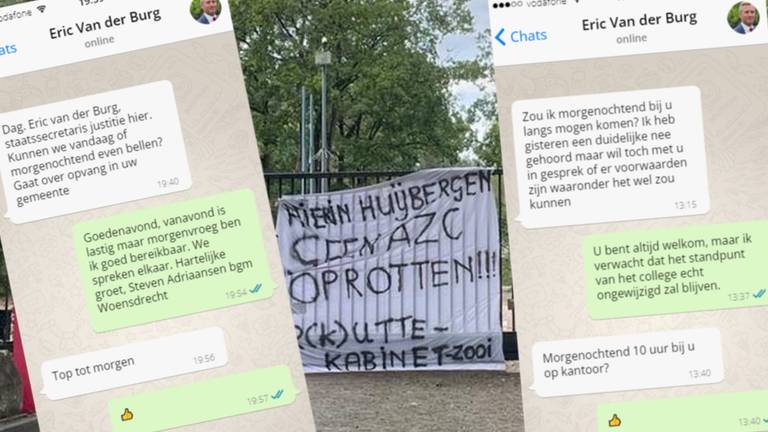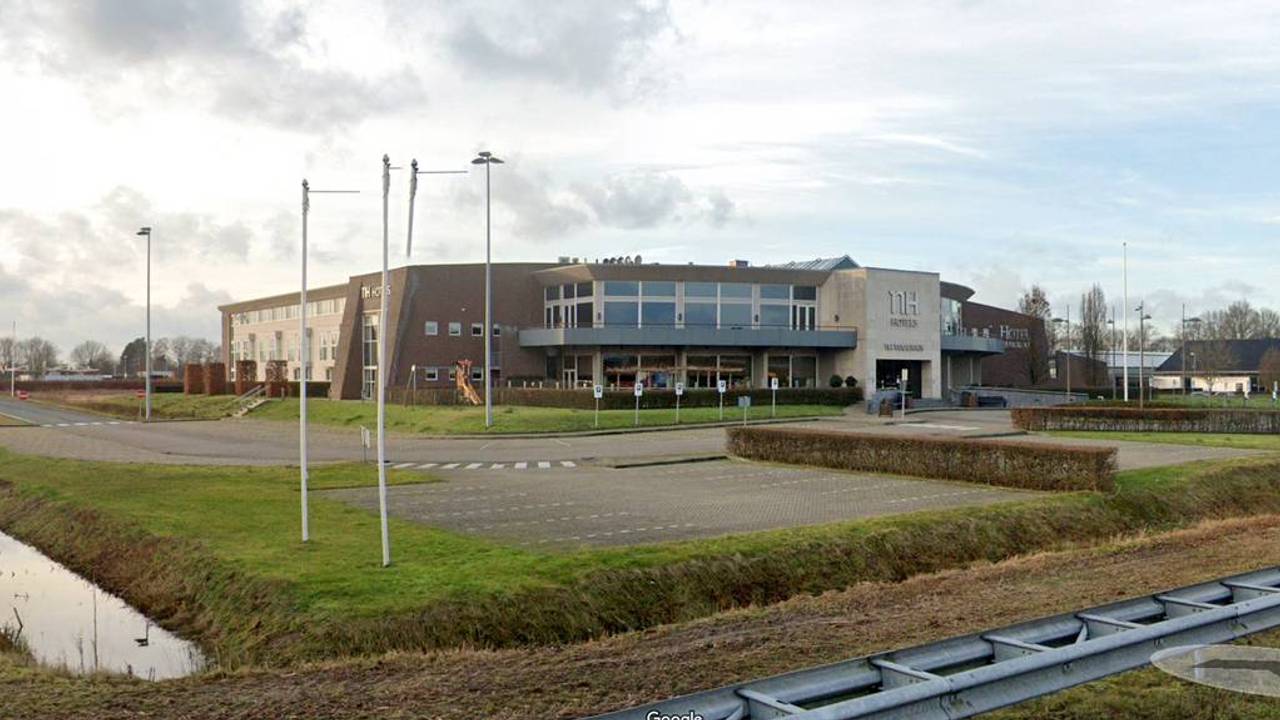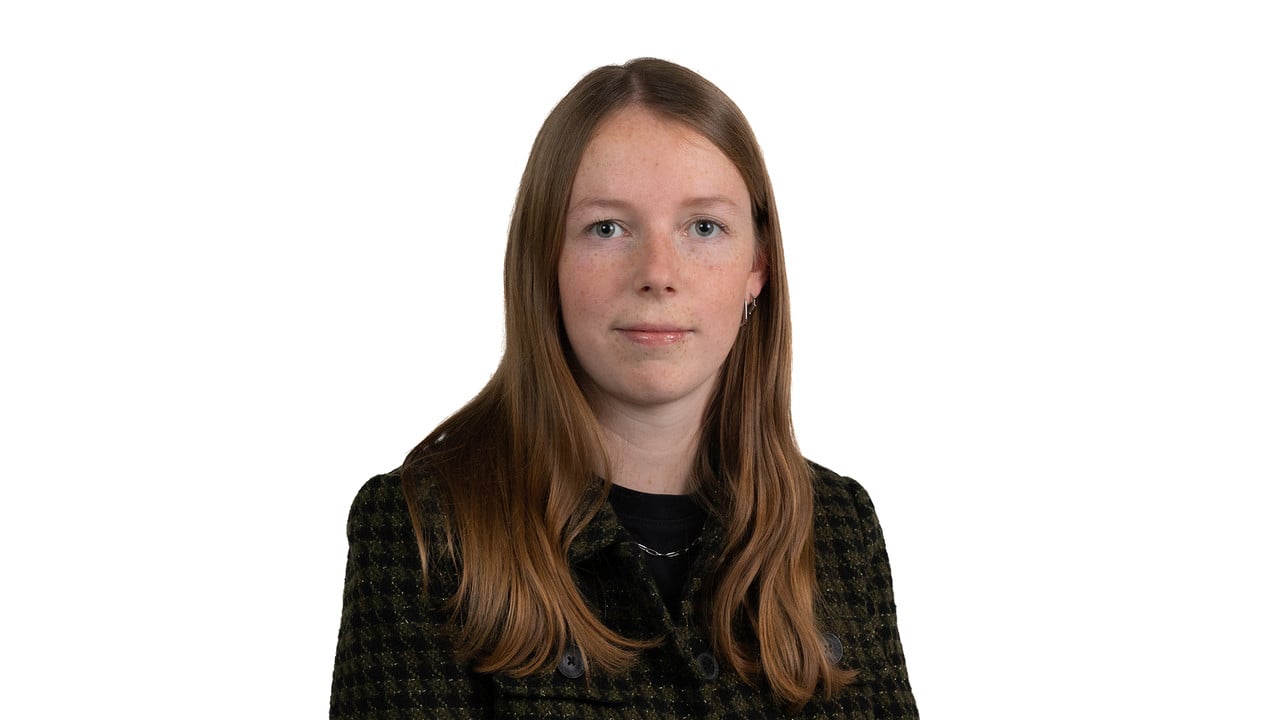The reception of asylum seekers caused resistance in many Brabant municipalities. Municipalities pointed at each other, wanted to exclude the COA or set a strict condition to exclude single, male asylum seekers. This is evident from documents that are in the hands of Omroep Brabant after an appeal to the Public Government Act (woo).
Omroep Brabant viewed conversation reports, minutes and WhatsApp conversations of all Brabant municipalities. They give a good picture of how municipalities handled the assignment to receive asylum seekers from Ter Apel in the summer of 2022. That assignment often came unexpectedly: the app group that Laarbeek started was named ‘Donderslag’.
Point to each other
The assignment was also considerable: Brabant had to receive a total of 7,350 asylum seekers. In many cases, municipalities looked to each other to fulfill that assignment.
This is how it goes in a WhatsApp conversation between employees of the municipality of Moerdijk about the number of asylum seekers: “With a small number, the council wants to show the social heart,” someone writes. The concern is with the neighboring municipalities: “Steenbergen, Rucphen, Halderberge and Woensdrecht prefer to do nothing”, it says.
Breda also notes that neighboring municipalities do not feel like receiving asylum seekers: “Prioritization does not seem to be present everywhere yet.” Eindhoven thinks it is logical that they are viewed as the largest municipality, but says: “Now it is also up to smaller municipalities”.
Resistance to reception
A municipality that really opposes shelter is Waalwijk. Waalwijk already receives status holders and does not consider asylum reception its task. An offer from a church is rejected by the council, partly because the travel time from Ter Apel is said to be ‘inhumane’. Reception in sports halls is also not an option, because then sports clubs would have to give way.
The COA approaches a hotel outside the municipality. And that is not well received in Waalwijk. The municipality is even proposing a ‘boycott of COA and the State’ in order to retain control.
The government also reported in Woensdrecht. They don’t feel anything for a shelter on a former defense site. “Could I come over in the morning?” so appt State Secretary Van der Burg. “I have heard a clear no, but I still want to talk to you.” The mayor replies that he is always welcome, but that the position will not change. Eventually there will be a shelter at a different location.

No single men
Several municipalities say they are willing to arrange shelter, but only under certain conditions. For example, single men are often not welcome. “They entail too many risks at this location,” Boxtel writes. This is also the case in Woensdrecht, Bergen op Zoom and Vught.
Heusden even sets ‘families with small children’ as a strict condition. This is also promised to local residents in Oirschot, although this is not fulfilled. Moerdijk prefers a ‘balanced mix’ of people, according to one of the conversation reports: the entrance to the shelter is near a fitness center and it is feared that ‘teachers or senior girls in airy clothing may evoke certain behaviour’.
The COA informs Omroep Brabant that, in principle, it does not cooperate with these kinds of wishes: “We must together realize shelter for everyone who has fled war and violence.”
Children cause more anxiety
The question is how justified those concerns were. In Tilburg, they looked again at the evaluation of a previous shelter, in 2017. It says that the concerns about single men were great, but families with children ultimately caused more unrest. This time, no distinction was made.
A reception location was eventually created in all the municipalities mentioned, except in Waalwijk, Heusden and Halderberge. In total, about twenty Brabant municipalities did not receive any asylum seekers from Ter Apel in 2022.
READ ALSO:
Sports hall Boxtel offered as shelter, mayor found rent ‘exorbitant’
Peter Gillis kept insisting on reception of asylum seekers at a holiday park
Alderman threatened because of asylum reception: ‘I know where you live’



